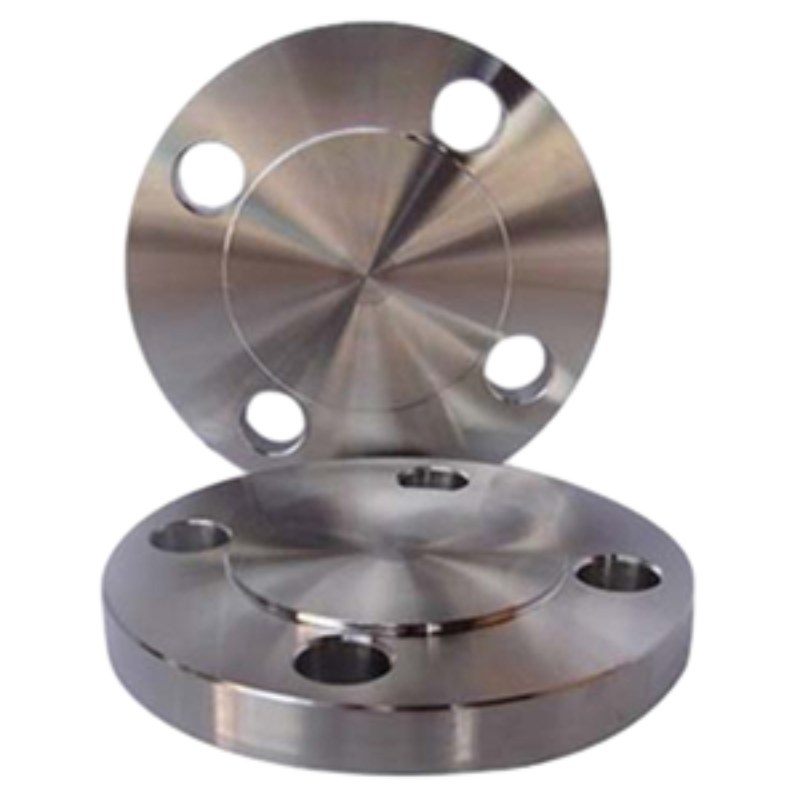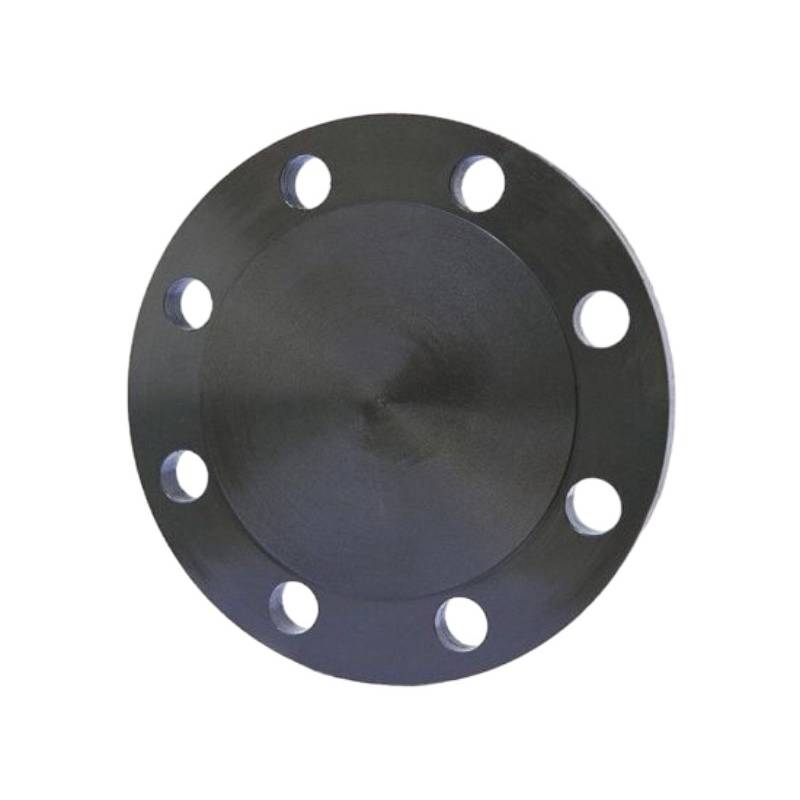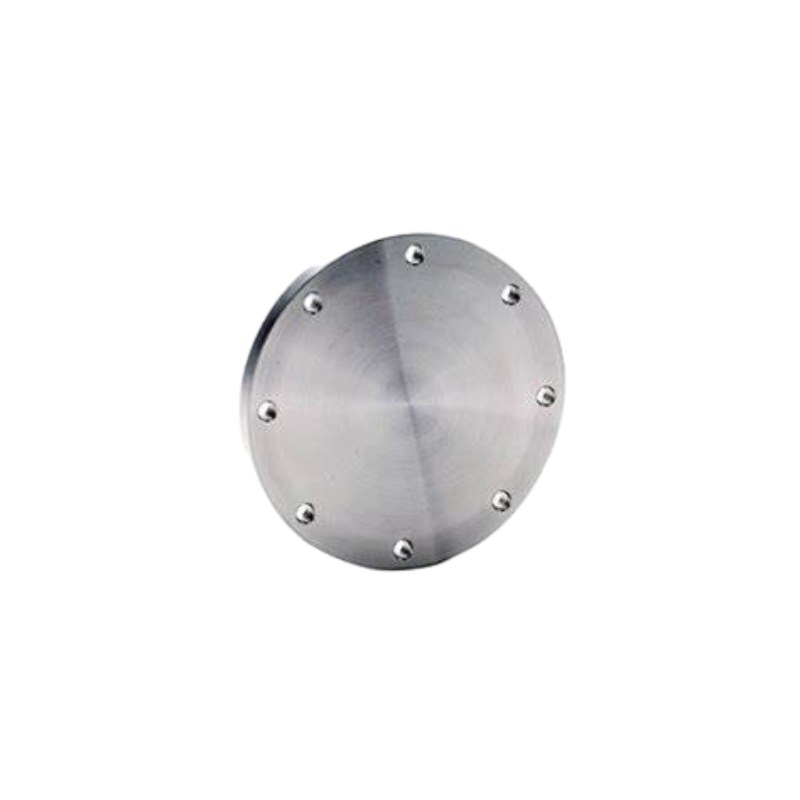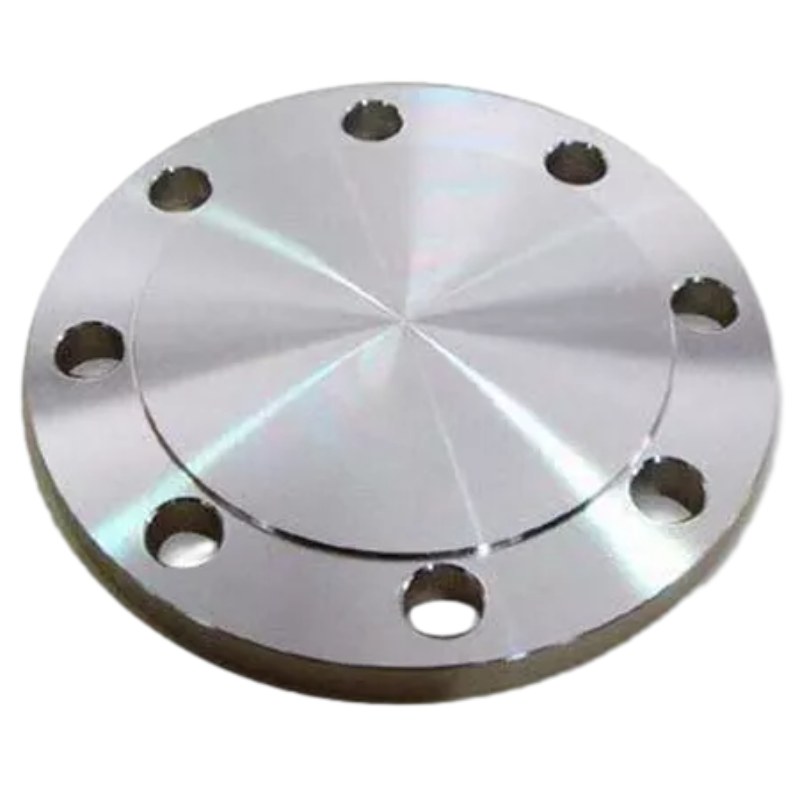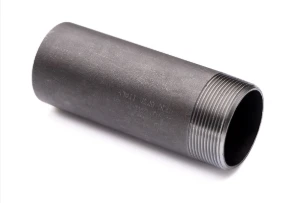-
مضبوط ڈیزائن: GOST 12836-67 Blind Flange میں ایک فلیٹ، سرکلر پلیٹ ہے جس کے دائرے کے گرد یکساں فاصلہ والے بولٹ سوراخ ہیں۔ یہ ڈیزائن پائپنگ سسٹمز کے لیے ایک مضبوط اور مستحکم بندش کا حل فراہم کرتے ہوئے، میٹنگ فلینج کو آسانی سے سیدھ میں لانے اور بولٹنگ کی اجازت دیتا ہے۔
-
محفوظ سگ ماہی: پائپ کے آخر میں نصب ہونے پر، GOST 12836-67 Blind Flange کا چپٹا چہرہ ایک سخت مہر بناتا ہے، جو سیال کے اخراج کو روکتا ہے اور پائپنگ سسٹم کی سالمیت کو برقرار رکھتا ہے۔ یہ محفوظ سگ ماہی کی صلاحیت انتہائی آپریٹنگ حالات میں بھی بہترین کارکردگی اور حفاظت کو یقینی بناتی ہے۔
-
ورسٹائل ایپلی کیشن: تیل اور گیس کی ریفائنریوں سے لے کر کیمیکل پروسیسنگ پلانٹس اور پانی کی تقسیم کے نیٹ ورکس تک، GOST 12836-67 Blind Flanges متنوع صنعتوں میں ورسٹائل ایپلی کیشن تلاش کرتے ہیں۔ چاہے تنہائی کے مقاصد، دباؤ کی جانچ، یا عارضی بندش کے لیے استعمال کیا جائے، یہ فلینجز اہم پائپنگ سسٹمز میں قابل اعتماد اور پائیداری پیش کرتے ہیں۔
-
پائیدار تعمیر: کاربن سٹیل، سٹینلیس سٹیل، یا الائے سٹیل جیسے اعلیٰ معیار کے مواد سے بنایا گیا، GOST 12836-67 Blind Flanges غیر معمولی طاقت اور استحکام کو ظاہر کرتے ہیں۔ وہ سخت آپریٹنگ حالات کا مقابلہ کرنے کے لیے انجنیئر ہیں، بشمول سنکنرن ماحول، اعلی درجہ حرارت، اور شدید دباؤ، طویل مدتی کارکردگی اور وشوسنییتا کو یقینی بناتے ہیں۔
-
صحت سے متعلق انجینئرنگ: GOST 12836-67 بلائنڈ فلینجز سخت جہتی رواداری اور سطح کی تکمیل کی ضروریات کو پورا کرنے کے لیے درست مشینی اور انجینئرنگ کے عمل سے گزرتے ہیں۔ یہ درستگی دوسرے معیاری فلینجز کے ساتھ مطابقت اور تبادلے کو یقینی بناتی ہے، پائپنگ سسٹم میں ہموار انضمام کی سہولت فراہم کرتی ہے اور لیک یا ناکامی کے خطرے کو کم کرتی ہے۔
-
تنصیب کی آسانی: GOST 12836-67 بلائنڈ فلینجز کو انسٹال کرنا موثر اور سیدھا ہے، جس کے لیے پائپ کے سرے پر سادہ سیدھ اور بولٹنگ کی ضرورت ہوتی ہے۔ ان کے معیاری طول و عرض اور ڈیزائن موجودہ پائپنگ نیٹ ورکس میں آسانی سے انضمام کی سہولت فراہم کرتے ہیں، تنصیب کے وقت اور مزدوری کے اخراجات کو کم سے کم کرتے ہیں۔
اہم خصوصیات:
- محفوظ بندش کے لیے مضبوط ڈیزائن
- فلیٹ چہرے کے ڈیزائن کے ساتھ محفوظ سگ ماہی
- تمام صنعتوں میں ورسٹائل ایپلی کیشن
- طویل مدتی کارکردگی کے لیے پائیدار تعمیر
- سخت رواداری کے لئے صحت سے متعلق انجینئرنگ
- سادہ سیدھ اور بولٹنگ کے ساتھ تنصیب میں آسانی
Material Selection for GOST 12836-67 Blind Flanges: What You Need to Know
When it comes to GOST 12836-67 blind flanges, selecting the appropriate material is crucial for ensuring functionality, safety, and longevity in various applications. GOST standards, established by the Euro-Asian Council for Standardization, Metrology and Certification, guide the specification of materials to maintain the integrity of piping systems.
Key Considerations for Material Selection:
1. Corrosion Resistance: One of the primary factors in choosing a material for GOST blind flanges is its ability to resist corrosion. Stainless steel (such as 304, and 316) is a popular choice due to its excellent resistance to oxidizing environments. For applications involving aggressive chemicals, alloys like Inconel or Monel are often considered.
2. Pressure and Temperature Rating: GOST blind flanges need to be rated for the specific pressure and temperature conditions they will face. Material selection must align with the service conditions to avoid failure. For high-pressure applications, carbon steel flanges can be suitable, provided they are properly treated or coated.
3. Weldability and Machinability: Depending on installation requirements, the selected material should offer appropriate weldability and machinability. If modifications or on-site fabrication are necessary, choosing materials that can be easily welded is essential.
4. Standards Compliance: Ensure that the materials selected comply with all relevant GOST standards. This not only guarantees quality but also maintains compatibility within the piping system.
5. Cost-effectiveness: While material selection should prioritize performance and safety, cost considerations also play a significant role, especially in large-scale projects. Finding a balance between budget and quality is essential.
Differences Between GOST 12836-67 Blind Flange and Other Flange Standards
When comparing the GOST 12836-67 blind flange with other flange standards, several key differences emerge that reflect the unique characteristics and applications of the Russian standard. The GOST (Gosudarstvennyy Standart) system is a set of regulations and guidelines that govern various industrial products, including blind flanges, which are used to seal off piping systems.
One of the primary differences lies in the dimension and pressure rating classifications. GOST 12836-67 blind flanges are specifically designed according to Russian specifications, with dimensions that may differ significantly from those outlined in ANSI, ASME, or ISO standards. For instance, while ANSI/ASME flanges are typically categorized into nominal pipe sizes (NPS) and pressure classes, GOST flanges feature a unique set of sizes and pressure ratings, making it essential for engineers to select the appropriate type based on regional standards.
Another notable difference is the material composition. The GOST standard emphasizes the use of specific materials that are suited for the harsh Russian climate and industrial requirements. While common materials such as carbon steel and stainless steel are also used in other standards, GOST may specify additional material grades to accommodate unique environmental challenges, including extreme temperatures and corrosive conditions.
Additionally, the manufacturing and testing processes for GOST 12836-67 blind flanges are subject to local industry regulations, which might include stricter quality assurance protocols compared to other international standards. This ensures that the flanges not only meet dimensional specifications but also effectively withstand the pressures and temperatures expected in typical applications within Russia.
In summary, while GOST 12836-67 blind flanges share similarities with other flange standards, their unique dimensions, material requirements, and quality assurance processes set them apart. Understanding these differences is crucial for engineers and designers when selecting flanges for specific applications in diverse geographical locations.







